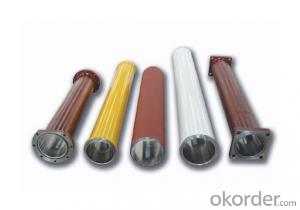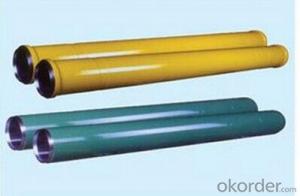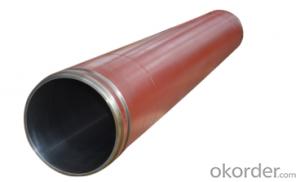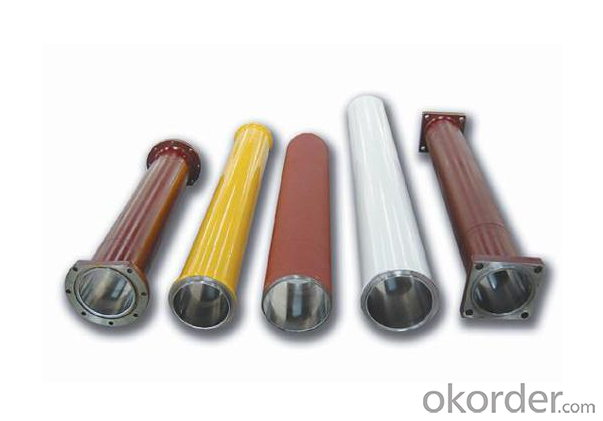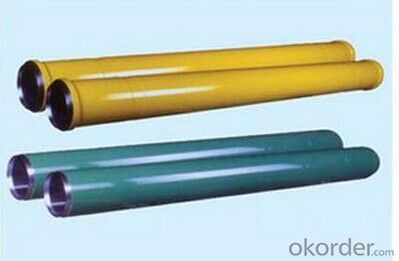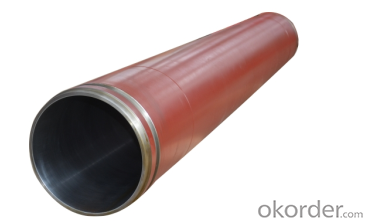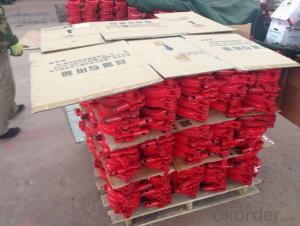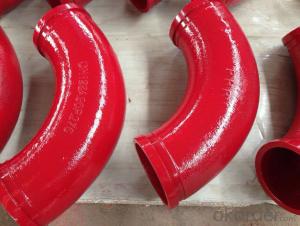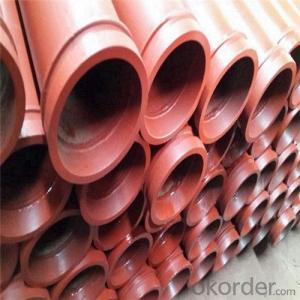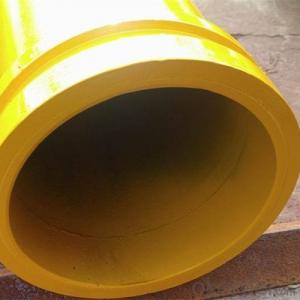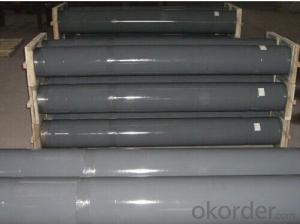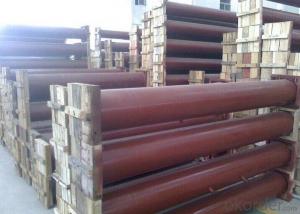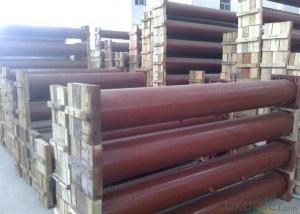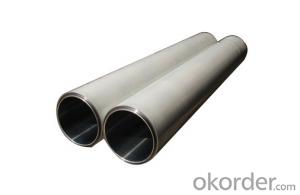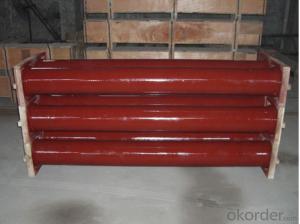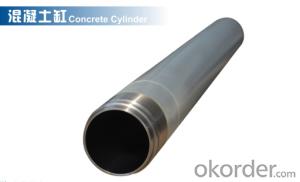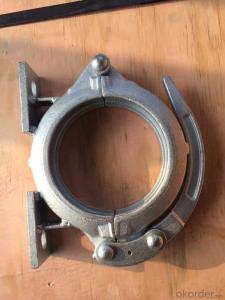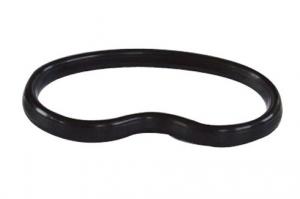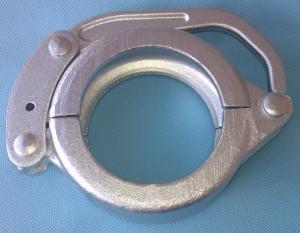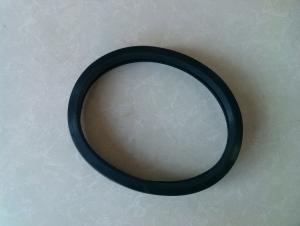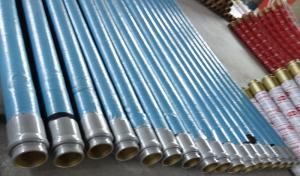PUMPING CYLINDER(PM) I.D.:DN230 CR. THICKNESS :0.25MM-0.3MM LENGTH:2320MM
- Loading Port:
- Shanghai
- Payment Terms:
- TT OR LC
- Min Order Qty:
- 2 pc
- Supply Capability:
- 1000 pc/month
OKorder Service Pledge
OKorder Financial Service
You Might Also Like
Concrete Pump Delivery Cylinder DN230*2320
1. Capacity: 60,000~80,000cbm
2. Size: DN180, DN200, DN230..
4. Brand: PM, Sany,ZM
Concrete Pump Delivery Cylinder DN230*2320
1. Material: C45
2. quenching and tempering to improve the hardness to HB241-280
3. inner wall chrome thickness is 0.25-0.30mm, hardness HV820-900.
4. Brand: SCHWING, PM, SANY, KYOKUTO, CIFA
5. Capacity: 60,000~80,000cbm
Concrete Cylinder | ||
Material | High Manganese Steel | |
Special | Coating hardness layer in the internalwall | |
Application | In concrete pump trucks | |
For Brand | Sany,Putzmeister,Schwing,,Zoomlion,CIFA etc | |
Details information | ||
Brand | Model | |
219 - DN180*1775-1600 | ||
Schwing | BP3000 | 219 - DN200*1775-1600 |
254 - DN230*2125-1800 | ||
DN230*2300mm | ||
DN230*2100mm | ||
Putzmeister | DN230*1600mm | |
DN200*1600mm | ||
DN180*2000mm | ||
40C1410 | 206-DN180*1530-1400 | |
50C1410 | 210- DN180*1545-1400 | |
60A1406 | 219- DN195*1570-1400 | |
Sany | 60C1416 | 226- DN195*1570-1400 |
60C1816 | 232- DN200*1946-1800 | |
C120/37A | 232- DN200*2162-2000 | |
C120/48 | 262- DN230*2146-2000 | |
62EA | 203-DN 180*1605-1400 | |
62G | 219-DN200*1187-1000 | |
62D | 219-DN200*1587-1400 | |
Zoomlion | 62H | 219-DN200*1787-1600 |
62CA | 219-DN200*1862-1600 | |
62M | 219-DN200*2022-1800 | |
0019931A | 219-DN200*2022-1800 | |
62L | 245-DN205*2284-2000 | |
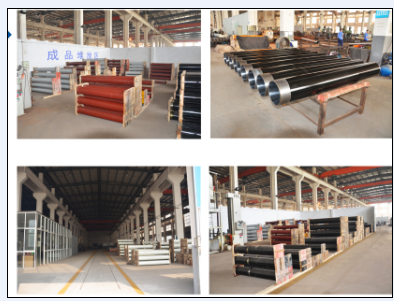
- Q: Which is the best home made concrete pump car?
- The second is heavy Futian Fortaleza, Xiangjian, Xugong, honedeli, the price is high, basically there is no big problem
- Q: What is the role of a concrete pump cylinder in a pumping system?
- The role of a concrete pump cylinder in a pumping system is to generate the necessary pressure and force required to transport concrete from the hopper or storage container to the desired location. The cylinder plays a crucial role in the pumping process by creating a reciprocating motion that helps in pushing the concrete through the pipeline. The concrete pump cylinder is typically connected to a piston, which moves back and forth inside the cylinder to create the pumping action. As the piston moves towards the outlet end of the cylinder, it creates a vacuum that sucks in the concrete from the hopper. When the piston moves in the opposite direction, it compresses the concrete and forces it out through the outlet valve, into the pipeline, and ultimately to the designated area. The size and design of the concrete pump cylinder depend on various factors such as the desired pumping capacity, the distance the concrete needs to be transported, and the viscosity of the concrete mix. It is essential for the cylinder to be strong and durable to withstand the high pressures and repetitive movements involved in the pumping process. In summary, the concrete pump cylinder is responsible for generating the necessary pressure and force to transport concrete efficiently and effectively. It forms the backbone of the pumping system, enabling the smooth and continuous flow of concrete from the hopper to the desired location.
- Q: How long do concrete pump pipes typically last?
- Concrete pump pipes typically last between 25,000 to 40,000 cubic meters of pumped concrete, depending on various factors such as pump usage, maintenance, and the type of concrete being pumped.
- Q: What is the purpose of a concrete pump boom?
- A concrete pump boom serves the purpose of efficiently and effectively transferring concrete from the mixer truck to the desired location on a construction site. Typically mounted on a truck or trailer, the boom consists of interconnected sections that can be extended and maneuvered to access otherwise difficult areas. Concrete pump booms offer numerous advantages compared to traditional concrete placement methods. Firstly, they greatly reduce the amount of labor needed for concrete placement. The boom can reach over obstacles like buildings or structures, eliminating the need for manual pouring or crane usage. This saves both time and money during construction projects. Moreover, concrete pump booms enable precise and accurate concrete placement. The boom can be controlled remotely, allowing the operator to position the nozzle exactly where the concrete is required. This ensures a more uniform and evenly distributed concrete placement, resulting in a higher quality finished product. Furthermore, concrete pump booms enhance safety on construction sites. By eliminating the need for workers to physically transport and pour concrete, the risk of injuries and accidents is significantly reduced. The boom also enables concrete placement in hard-to-reach areas, minimizing the need for workers to climb or work at heights, further enhancing safety. In conclusion, a concrete pump boom serves to provide a more efficient, precise, and safe method for transferring and placing concrete on construction sites. Its ability to overcome obstacles, accurately control placement, and reduce labor requirements make it an invaluable tool in the construction industry.
- Q: How often should the concrete pump cylinder be replaced?
- The concrete pump cylinder should be replaced when it shows signs of wear and tear or if it becomes damaged. The frequency of replacement can vary depending on factors such as usage, maintenance, and quality of materials used. Regular inspections and proper maintenance can help prolong the lifespan of the cylinder.
- Q: How often should concrete pump filters be inspected and replaced?
- Concrete pump filters should be inspected regularly, ideally on a weekly basis. The frequency of replacement will depend on various factors such as the type of pump, the quality of concrete being pumped, and the working conditions. Generally, filters should be replaced when they become clogged or when their efficiency is compromised. This may occur anywhere from every few weeks to a few months. It is crucial to maintain clean and functional filters to prevent blockages, enhance pump performance, and ensure the longevity of the equipment.
- Q: What is the purpose of a concrete pump hydraulic oil cooler?
- The purpose of a concrete pump hydraulic oil cooler is to regulate and maintain the temperature of the hydraulic oil used in the pump system. By cooling the oil, it helps prevent overheating and ensures optimal performance and longevity of the hydraulic components.
- Q: What are the common issues that require replacement of concrete pump spare parts?
- There are several common issues that can arise in concrete pumps, leading to the need for replacement of spare parts. One common issue is wear and tear on the pump components. Over time, the constant movement of concrete through the pump can cause parts such as the piston, wear plate, and seals to deteriorate and require replacement. Another issue that can arise is blockages or clogs in the pump line. This can occur due to the buildup of hardened concrete or other debris, which can obstruct the flow of concrete. In such cases, it may be necessary to replace parts such as the delivery pipe or hose, or even the entire pump line, to ensure proper functioning. Leaks are another common problem that can occur in concrete pumps. These leaks can be caused by damaged or worn out seals, gaskets, or O-rings. If left unaddressed, leaks can lead to reduced pump performance and even potential safety hazards. Replacing the affected parts can help prevent further damage and ensure the pump operates efficiently. Additionally, pump malfunctions can occur due to electrical or mechanical issues. Faulty electrical components, such as switches or sensors, may need to be replaced to restore proper functionality. Mechanical problems, such as a worn-out gearbox or a malfunctioning hydraulic system, may also require replacement of specific pump parts. Overall, the common issues that require replacement of concrete pump spare parts include wear and tear, blockages, leaks, electrical malfunctions, and mechanical failures. Regular maintenance and inspection of the pump can help identify these issues early on, allowing for timely replacement of the necessary spare parts to keep the pump running smoothly.
- Q: How can a malfunctioning control panel affect the pump's operation?
- A malfunctioning control panel can affect the pump's operation by causing errors in controlling the pump's speed, pressure, or flow rate. It can also lead to inaccurate monitoring of the pump's performance, failure to detect faults or abnormalities, and difficulty in troubleshooting issues. Ultimately, a malfunctioning control panel can compromise the pump's efficiency, reliability, and overall functionality.
- Q: What are the signs of a worn-out concrete pump piston?
- Some signs of a worn-out concrete pump piston may include decreased pumping efficiency, loss of pressure, increased noise or vibrations during operation, inconsistent concrete flow, and visible wear or damage on the piston surface.
Send your message to us
PUMPING CYLINDER(PM) I.D.:DN230 CR. THICKNESS :0.25MM-0.3MM LENGTH:2320MM
- Loading Port:
- Shanghai
- Payment Terms:
- TT OR LC
- Min Order Qty:
- 2 pc
- Supply Capability:
- 1000 pc/month
OKorder Service Pledge
OKorder Financial Service
Similar products
Hot products
Hot Searches
Related keywords
